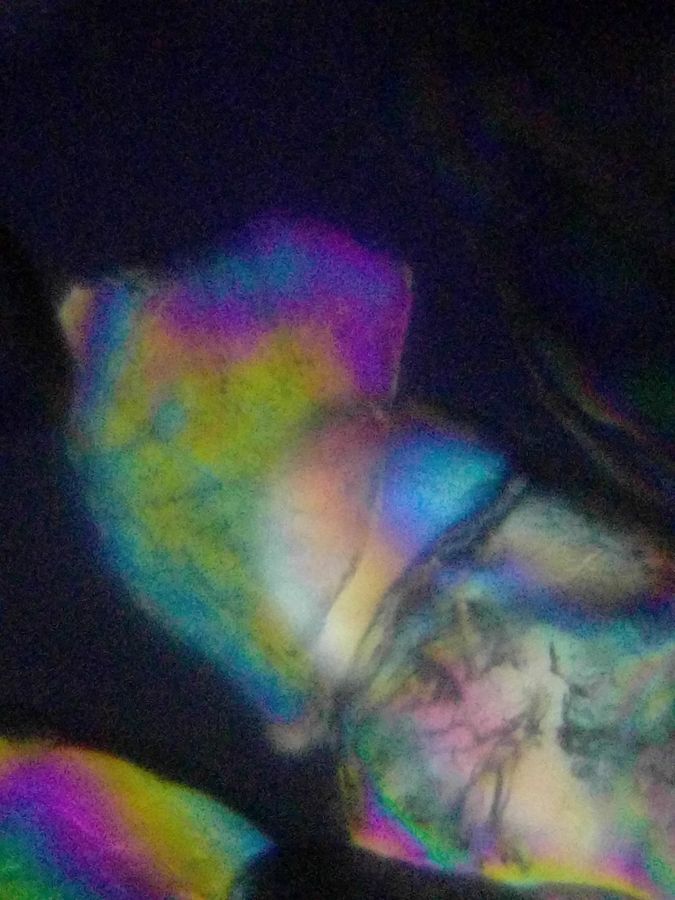Polarized light foldscopy
 Jan 28, 2018 • 11:01 PM UTC
Jan 28, 2018 • 11:01 PM UTC Unknown Location
Unknown Location 140x Magnification
140x Magnification Microorganisms
Microorganisms
laksiyer
Human observer of life. https://sukshmadarshin.wordpress.com
97posts
1255comments
5locations

I finally got myself a polarizing film. By this I can now polarize the light falling on the sample by placing the film between the light source and the sample and further by placing another film between the lens and the eye/camera I can block the same polarized light so that only light whose polarization is affected by the sample goes through. You can read more about it here , but we have some great physicists on our forum who might explain this even better than what one reads on wikipedia. See the below video for my setup.
I used Beach sand (courtesy my colleague Gurmeet), NaCl salt, and recrystallized Baking soda to study their birefringence. Sodium chloride (salt) doesnt have any birefringence, but both the beach sand and Sodium bicarbonate have some interesting patterns– Why is this so? Obviously, this must have a lot of applications in studying minerals. There is a nice foldscope post on this ( http://microcosmos.foldscope.com/?p=1937 ). Here are a few other posts on cross-polars using a foldscope ( http://microcosmos.foldscope.com/?s=polarized+light )

A, B: Beach sand under polarized light, C: NaCl- normal light, D- NaCl polarized light, E: Baking soda Normal light, F, Baking soda polarized light Now to try it on everything that passes through my foldscope.
This post is open to read and review on The Winnower.
This post is open to read and review on The Winnower.
Sign in to commentNobody has commented yet... Share your thoughts with the author and start the discussion!

 0 Applause
0 Applause 0 Comments
0 Comments_300x300.jpeg)

















